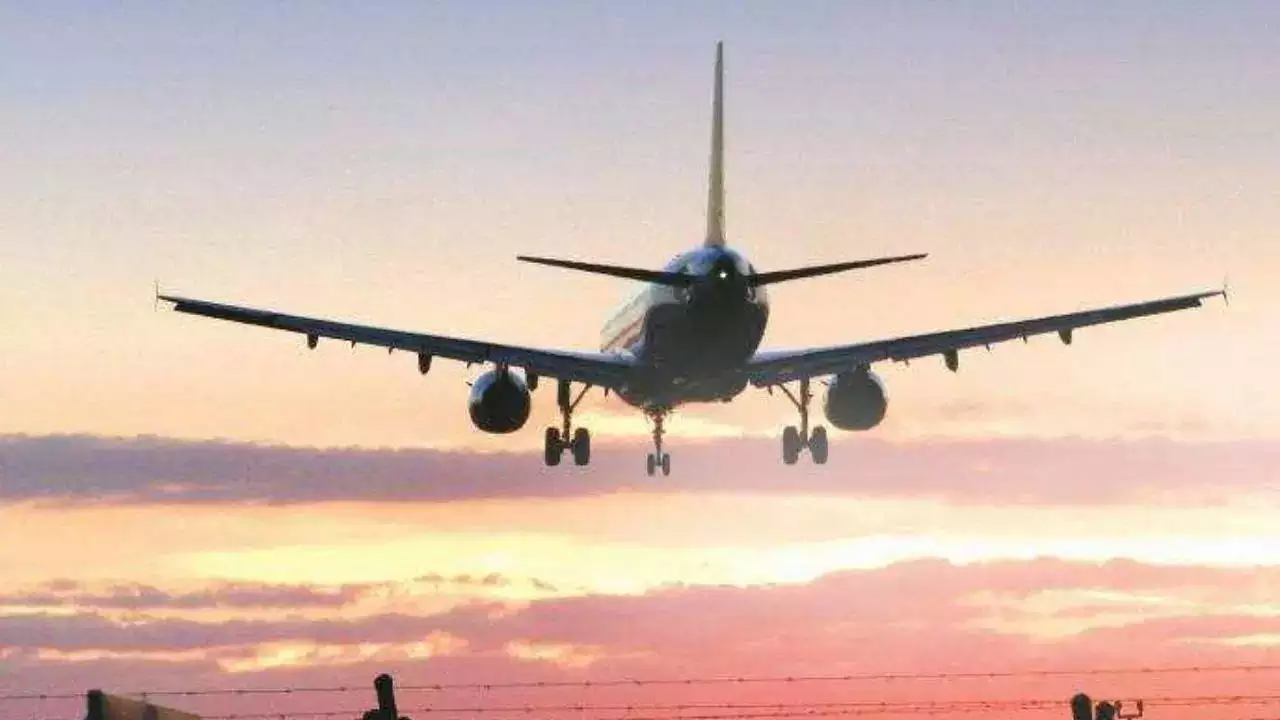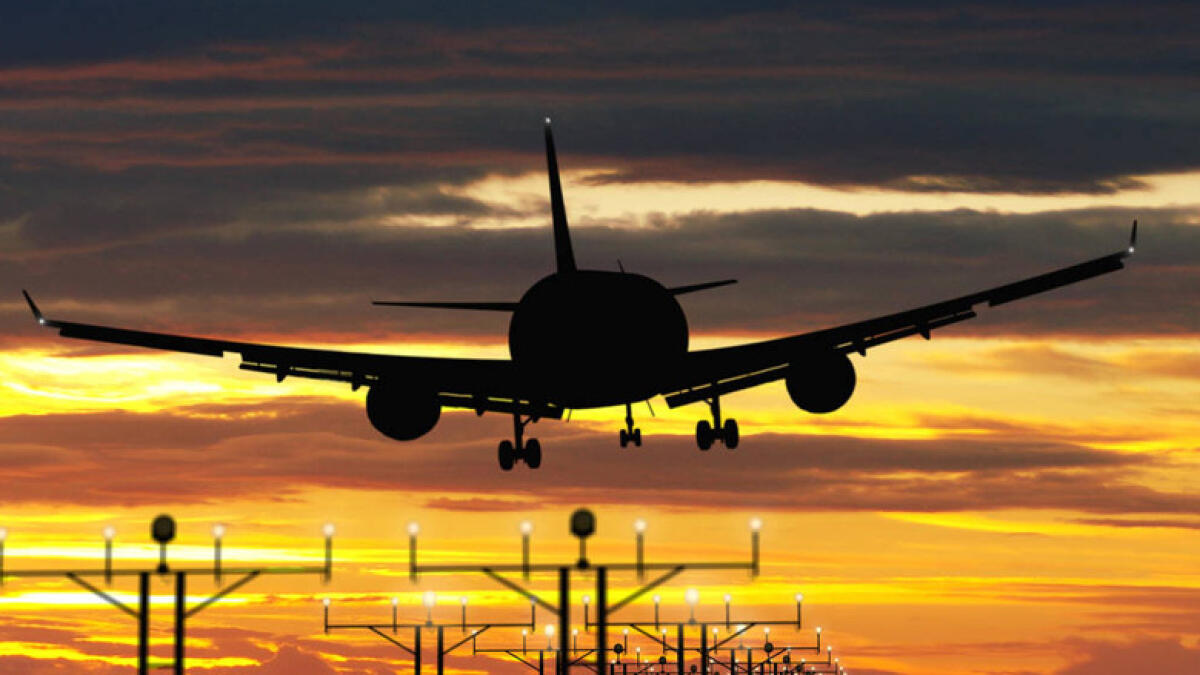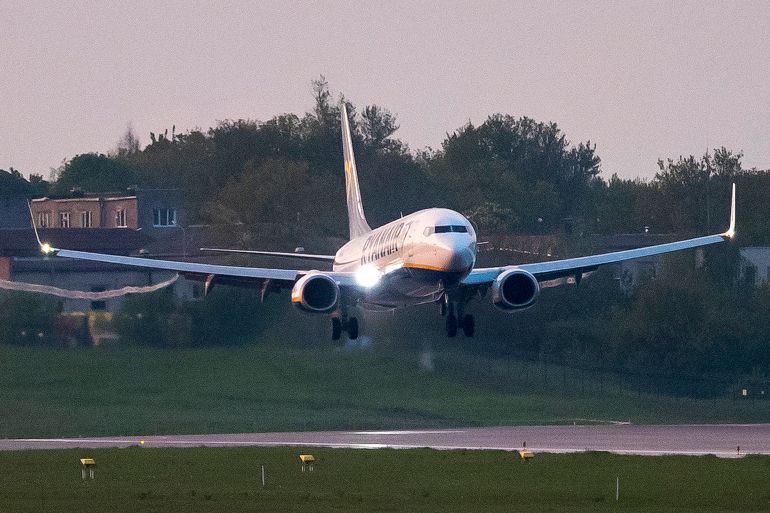It’s not just you, this summer, flights to Europe and Asia are significantly more expensive
We are already aware that this summer is going to be very busy for travelers. Good news is available for domestic travelers. According to the most recent analysis by flight-tracking service Hopper, domestic flights are almost 20% less expensive this summer than they were last. You’ll have to pay a lot for airfare if you want to travel to Europe this summer or take advantage of Japan’s newly opened borders.
Hopper travel analysts discovered that foreign airfare is at its highest level in more than five years in its latest research, the 2023 Summer Travel Outlook.
According to Hayley Berg, head economist at Hopper, “Last summer demand was primarily focused on domestic travel, as travel restrictions and testing requirements limited access to some countries, while tourism to other countries remained completely closed.”
London, Paris, Tokyo, Rome, and San Juan were the top five international locations on the app. Beijing, Taipei, Osaka, and Bali are among the more well-known travel destinations in Asia. Many Hopper users wish to travel to exotic locations in Europe like the Canary Islands and the Azores.
Read on to find out more about summertime vacations abroad.
How much are summertime flights to Europe and Asia?
Expect to pay an average of $1,167 for a summer flight to Europe. The average price is 36% more than it was last year. A flight to Asia will cost an average of $1,817, 62% more than it did before the outbreak. Since Japan opened its borders in the past year, many tourists are eager to visit other Asian countries like that country.
Why is it so expensive to fly internationally this summer?
We can blame the extremely high demand.
According to Berg, the demand for overseas travel is still higher than it was last summer, particularly among Hopper’s millennial and Gen Z user bases. The percentage of searches for international locations has increased from 32% last summer to 19% so far this year.
Jet fuel costs, which are at their highest level since late 2014, are another factor contributing to more expensive flights. Long-haul flights are particularly under pressure.
The difficulty is also capacity. In the previous two years, domestic carriers have caught up with the increased capacity, while international flights are still making progress. It doesn’t get any simpler despite the soaring demand.
Should we anticipate any delays in our travel plans this summer?
According to the article, there may be minor travel interruptions, but nothing as severe as in the past. Things should be moving rather smoothly as airports and airlines have started to improve staffing and reclaim their schedules.
Hopper claims that this year’s delay rates are equal to or lower than those from last year. This year’s cancellation rates have been consistently lower. However, given how busy this summer is expected to be, be ready for some disruptions.



